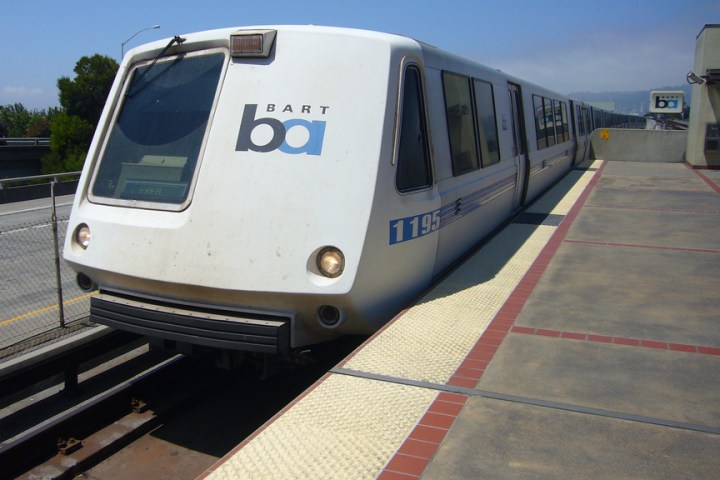
The California city’s BART (Bay Area Rapid Transit) system has adopted “aggressive guidelines” enabling it to buy more power directly from renewable sources. Thanks to the newly approved Wholesale Electricity Portfolio Policy, the BART is going greener than ever.
“Every day, BART takes cars off the road and helps drive down our greenhouse gas emissions,” said BART Director Nick Josefowitz. “But especially now, BART and the Bay Area must shoulder even more responsibility to combat climate change. Even though BART is not required to comply with the state’s renewable energy standards, we have committed to purchasing 100 percent renewable electricity and taking a leadership role in decarbonizing our transportation sector.”
While BART already boasts a relatively clean portfolio in terms of its power sources, its newfound ability to buy its own power from various renewable energy sources including solar, wind, and small hydroelectric facilities, will make the transport system more environmentally friendly still. The hope is that the BART will derive its power from at least 50 percent eligible renewable sources and from at least 90 percent low and zero carbon sources by 2025. And a few more decades down the road, BART hopes to hit 100 percent in both these categories.
“Given that renewable energy supply costs have fallen significantly in recent years and have approached cost parity with other supply sources, BART has an opportunity to set clean energy goals that are both ambitious and realistic,” said BART’s Sustainability Manager Holly Gordon.
Thus far, BART seems like it’s the very first electrified public transit system to make the 100 percent renewable power pledge. And hopefully, it’ll set a precedent that transport agencies across the country (and the world) can emulate.
Editors' Recommendations
- Waymo robotaxi attacked and set on fire in San Francisco
- An autonomous car in San Francisco got stuck in wet concrete
- San Francisco’s curb on tech tests in public spaces could sink pogo stick plan
- Scientists at UC San Francisco discover gene that helps supercharge sleep
- Lyft pulls its bikes from San Francisco streets after apparent battery fires


